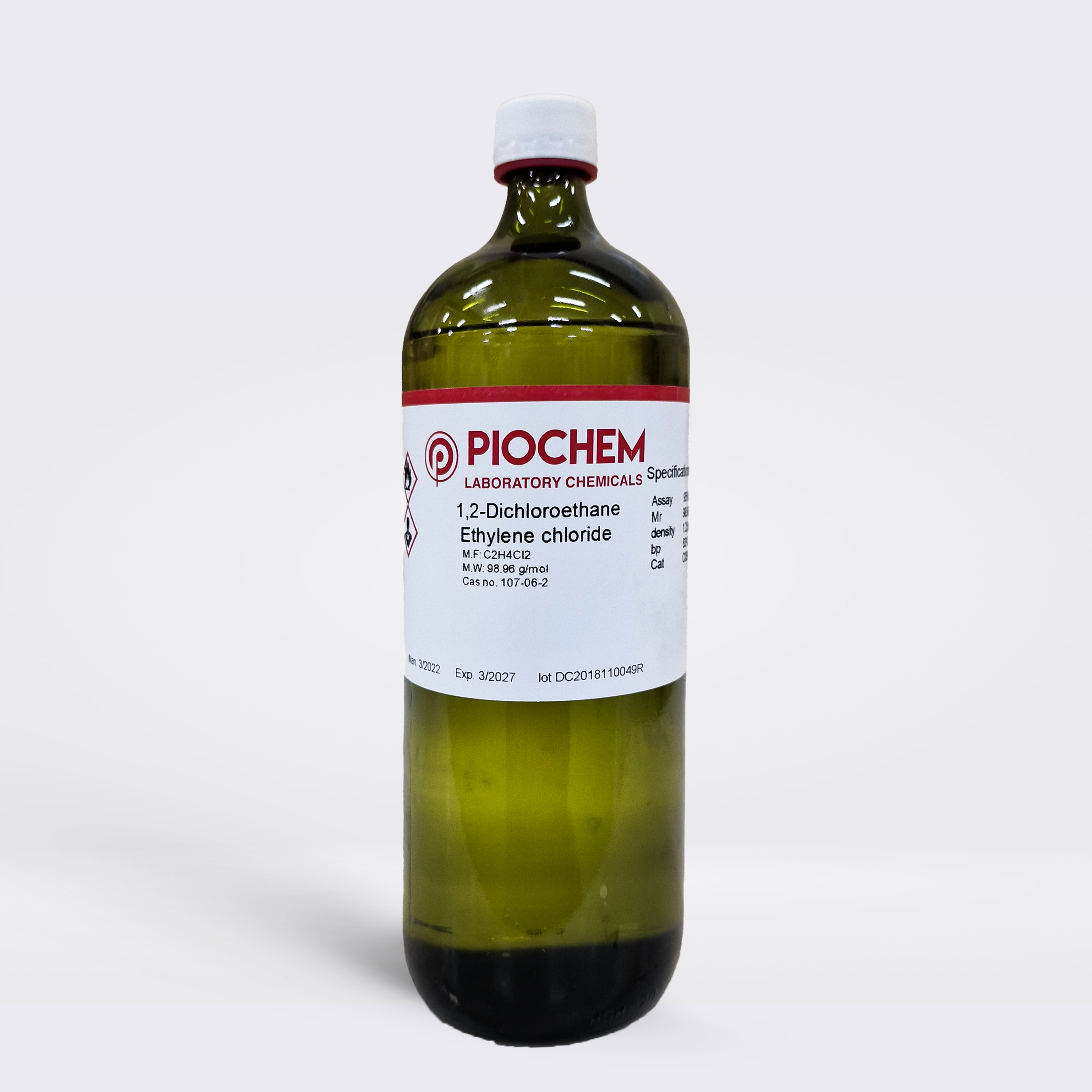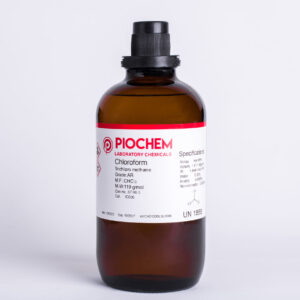1,2-Dichloroethane, also known as ethylene chloride, is a colorless, volatile liquid with a sweetish odor. It is a halogenated hydrocarbon with the formula C2H4Cl2. It is a common industrial solvent and refrigerant. 1,2-Dichloroethane is a hazardous substance and can be harmful if inhaled, ingested, or absorbed through the skin. It is also a suspected carcinogen.
Here are some of the properties of 1,2-Dichloroethane:
- Molecular formula: C2H4Cl2
- Melting point: -33.5°C (-28.3°F)
- Boiling point: 83.5°C (181.3°F)
- Density: 1.259 g/cm3
- Vapor pressure: 91.4 kPa at 20°C (68°F)
- Flash point: -18°C (-0.4°F)
- Autoignition temperature: 270°C (518°F)
1,2-Dichloroethane is used in a variety of industrial applications, including:
- Solvent for paints, varnishes, and adhesives
- Refrigerant
- Intermediate in the production of other chemicals, such as vinyl chloride
- Fire extinguishant
- Degreaser
- Dry cleaning agent
1,2-Dichloroethane is a hazardous substance and can be harmful if inhaled, ingested, or absorbed through the skin. It is also a suspected carcinogen. Exposure to 1,2-Dichloroethane can cause a variety of health problems, including:
- Eye, nose, and throat irritation
- Headache
- Dizziness
- Drowsiness
- Nausea and vomiting
- Seizures
- Liver damage
- Kidney damage
- Cancer
If you are exposed to 1,2-Dichloroethane, it is important to seek medical attention immediately. There is no specific antidote for 1,2-Dichloroethane poisoning, but treatment is supportive. This may include removing the person from the exposure, providing oxygen, and treating symptoms.
1,2-Dichloroethane is a dangerous substance that should be handled with care. If you are working with 1,2-Dichloroethane, it is important to wear protective clothing, such as gloves, goggles, and a respirator. You should also work in a well-ventilated area.





Reviews
There are no reviews yet.